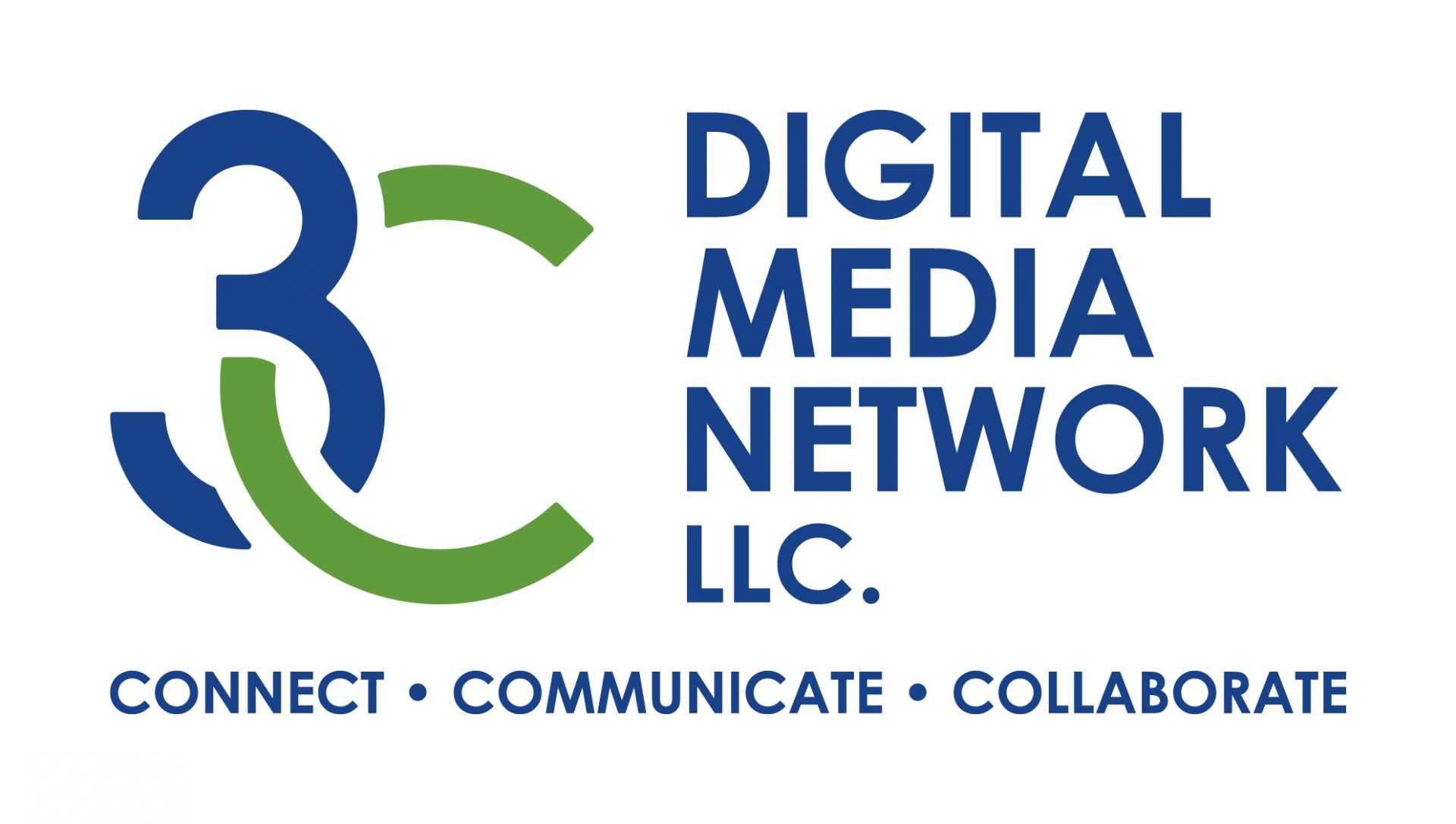Read time: 4 minutes
Just like you, I am on a
quest to gain some knowledge. Today, I tracked how many times I went to Google
to answer my questions or expand on some of my thoughts. Guess how many
searches I made and how many websites I visited? 5? 25? 100?
It’s only halfway
through the day, and I have used Google 272 times! I have searched for
directions, information, ratings on products, how-to's, solutions to problems,
and definitions. If you are curious how often you use Google, check out
your Google My Activity page.
Now, back to my quest. I wanted to know why I was going to Google. Some of the time, it was for actionable transactions like placing an order or getting directions to a place. More often, I was using Google for information to learn, gather information for my work, and make decisions. I used the information gleaned from the internet to fill in gaps, missing information I desired or forgot.
In these transactions
with Google, where I entered my keywords or questions in the iconic Google search
box, sometimes I saved time, and other times I went down rabbit holes, never
finding the information I sought. Google is well designed to handle actionable
transactions as the results often reveal true connectivity of information.
In
other words, the information flows nicely and is exactly what you need. However, things unraveled when I searched for information to bridge knowledge
gaps. These disjointed transactions often resulted in scattered information,
making it difficult to connect the bridges in my knowledge gap and took me down
multiple rabbit holes with no end in sight.
Did I get some
information? Yes, but it required me to find the correct information, connect
the pieces of information to find the answers to my questions, and draw my own
conclusions. I had to judge the quality and reliability of the information,
what information I would use, and what I would scrap.
I had to look beyond
Google's first search engine landing page of suggestions to slowly connect
threads of information to weave together to fill my gap. I had to refine my
search terms and figure out how to communicate with Google to get my desired
results.
The other piece of information I learned in my quest was when I was looking for this information. Sometimes it was when I was on hold on the phone or between meetings. I never planned for my date with Google at a particular time to get all my questions answered. It was sporadic, woven throughout the day.
Why is this important?
When you start to make the connections between why and when we
seek knowledge, you realize how we learn, assimilate, and retain information.
Google has a word for this – micro-moments.
According to Google, micro-moments
occur when people reflexively turn to a device to learn something, do
something, discover something, watch something, or buy something¹.
In education, we
sometimes refer to this as JIT (Just-In-Time) learning, or now termed as
micro-learning. Micro-learning is different from e-learning in that you engage
with knowledge for a few minutes overtime instead of blocking your calendar for
a conference, webinar, or a course.
Micro-learning occurs on the information
you want and when you want it. The repetition of new knowledge starts to
solidify and allows us to draw on it at future times when needed.
In my search to better
understand how and when we learn, I came across a well-known scientist, Hermann
Ebbinghaus, who founded one of the first mathematical formulas on memory and
retention (1885). He ran a series of experiments on himself to determine how fast
he forgot things and then later on how to get himself to remember things.
His
research found that his memory retention was 100% at the time of learning a
piece of information, but shortly after that, it dropped to 60%, then to 20%
after a month. His findings are known as the forgetting curve².
Over the years, scientists have studied this phenomenon and have found further evidence to support Ebbinghaus's research and ways to increase retention. When we consider micro-learning, where pieces of information are delivered over time using various mediums when we want it, we are more likely to retain this information. See the green line in the illustration above.
My quest to understand why I use Google took me down a rabbit hole where I ended up in a nice comfy spot. I learned that my Google searches throughout the day help me discover new information, fill in missing knowledge gaps, and was reliable enough to keep me going back for more.
There are times, though, in my specific field of practice, that I wished I could go down fewer rabbit holes to find my desired information.
At 3C, we hope that the
content you find on our website provides you with the information you need when
you need it. Our knowledge center is growing each day. If you have information
that you think would help others, please sign up to become a Content Creator.
If there
is information you desire to help your practice and the care you deliver,
please let us know. The more we connect with another and collaborate, the
better we will all be.
Hugs,
~Tami Bradham
References:
- ¹Ramaswamy S (2015). How Micro-Moments Are Changing the Rules. Think with Google. https://www.thinkwithgoogle.com/marketing-strategies/app-and-mobile/how-micromoments-are-changing-rules/
- ²Murre JMJ, Dros J
(2015). Replication and Analysis of Ebbinghaus' Forgetting Curve. PLoS ONE
10(7): e0120644. https://doi.org/10.1371/journal.pone.0120644
©Photo by marekuliasz from Getty Images via Canva.com

